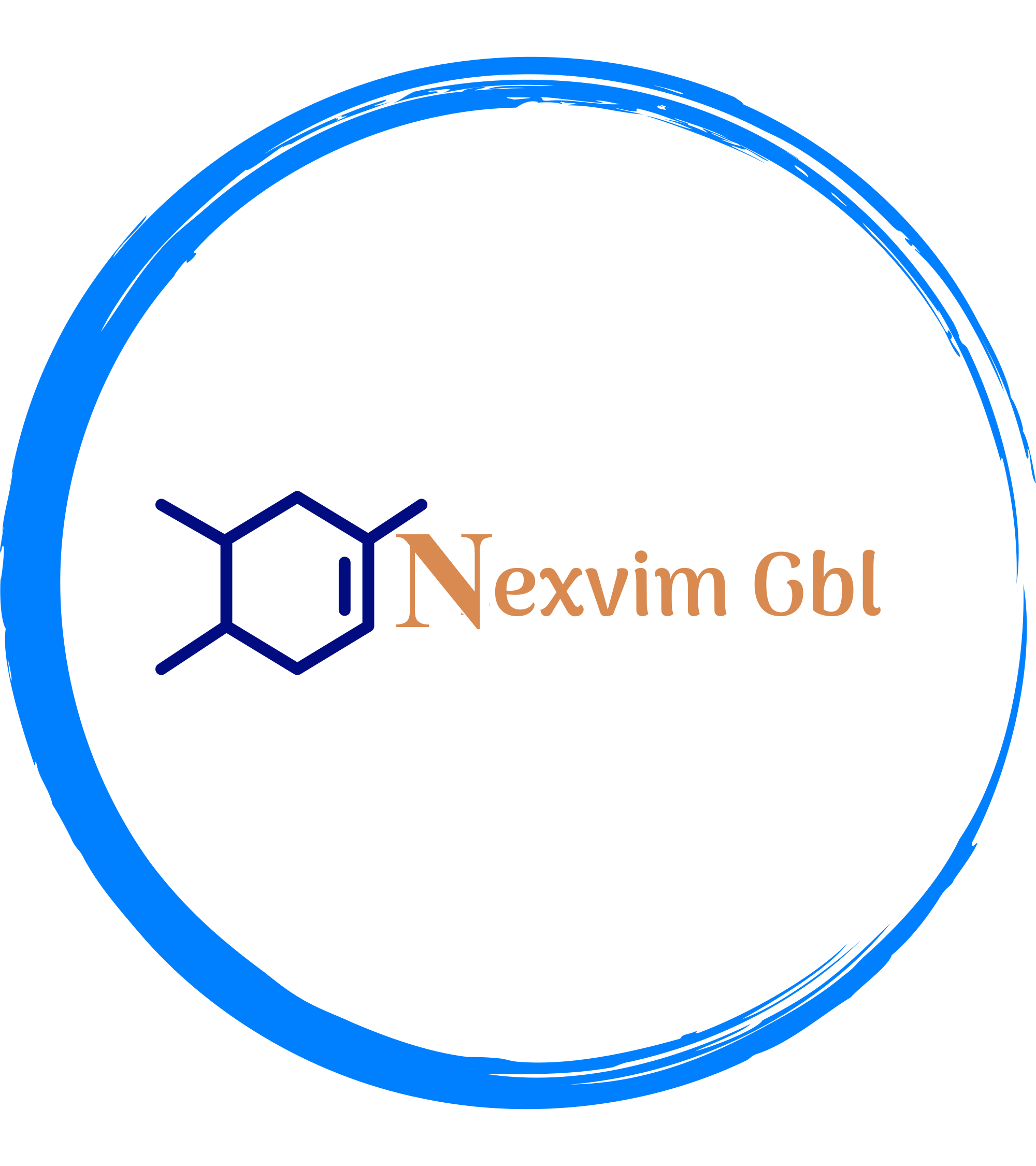Monitoring the Interconversion of Gamma-Butyrolactone (GBL) to Gamma Hydroxybutyric Acid (GHB)
Gamma-butyrolactone (GBL) is a chemical compound that has gained attention due to its ability to undergo spontaneous conversion to gamma hydroxybutyric acid (GHB) in the body. GHB is a neurotransmitter with effects on the central nervous system, and its misuse has been associated with recreational drug use and, unfortunately, cases of overdose. Understanding and monitoring the interconversion of GBL to GHB is crucial for both medical and regulatory purposes. buy gbl online australia
Chemical Structure and Properties:
buy gbl online usa is a cyclic ester with a four-membered ring and is hygroscopic in nature. It is soluble in water and has a wide range of industrial applications, including as a solvent, a cleaning agent, and a precursor in the synthesis of certain pharmaceuticals. GBL’s molecular structure allows for enzymatic hydrolysis, leading to the formation of GHB. how to buy gbl online
Metabolic Pathway:
In the human body, buy gbl wheel cleaner is metabolized through a series of enzymatic reactions. The primary route involves the hydrolysis of GBL to GHB, facilitated by the enzyme lactonase. Subsequently, GHB can be further metabolized to succinic semialdehyde (SSA) and eventually to succinic acid, which enters the citric acid cycle.
Monitoring Techniques:
- Liquid Chromatography-Mass Spectrometry (LC-MS): This technique allows for the separation and quantification of GBL and its metabolites. LC-MS is sensitive and specific, making it a valuable tool in monitoring the dynamic conversion of GBL to GHB in biological samples such as blood or urine.
- Gas Chromatography-Mass Spectrometry (GC-MS): GC-MS is another powerful analytical method for detecting GBL and its metabolites. It involves the separation of compounds based on their volatility, followed by mass spectrometric identification. This method is commonly used in forensic and clinical settings.
- Enzyme-Linked Immunosorbent Assay (ELISA): ELISA is a rapid and cost-effective method for screening GHB and its precursors in biological samples. While less specific than mass spectrometry techniques, ELISA can provide quick results, making it useful for preliminary analysis.
Clinical Implications:
Understanding the kinetics of GBL metabolism is essential for healthcare providers, particularly in cases of GHB intoxication. Monitoring GBL levels can aid in early detection and intervention. Additionally, research into the pharmacokinetics of GBL and GHB can contribute to the development of antidotes or treatments for GHB overdose.
Regulatory Measures:
Given the potential for misuse and abuse, several countries have implemented regulatory measures to control the sale and distribution of GBL. Monitoring the interconversion of GBL to GHB is vital for enforcing these regulations and preventing illicit activities.
Conclusion:
The interconversion of GBL to GHB is a complex process with significant implications for both clinical and regulatory settings. Monitoring techniques such as LC-MS, GC-MS, and ELISA play crucial roles in understanding this process and ensuring the safety of individuals. Continued research in this area is essential for advancing our understanding of the pharmacology of these compounds and developing effective strategies for monitoring and intervention.
